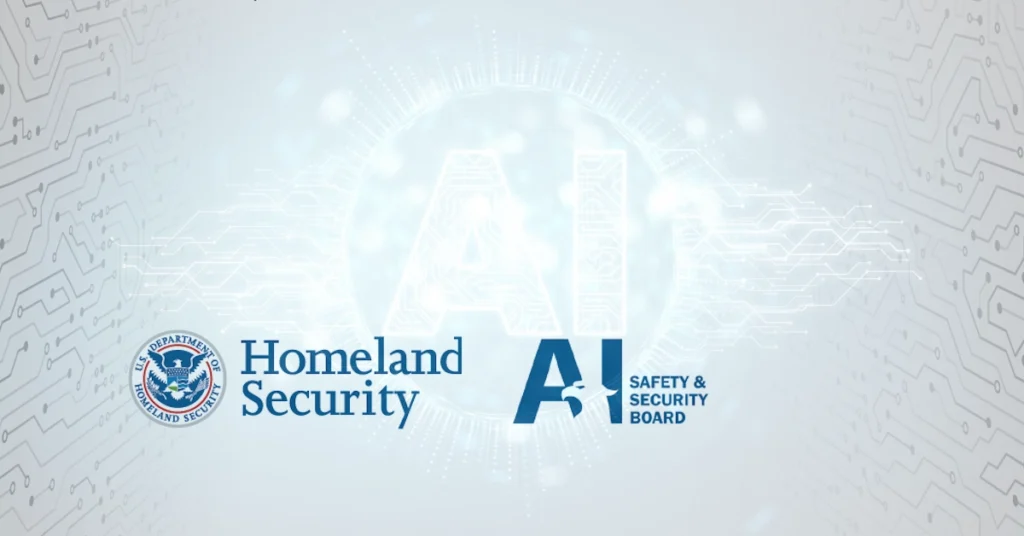A New Era for AI in Critical Infrastructure: DHS Releases Pioneering Framework
Artificial Intelligence (AI) is rapidly transforming industries, but its integration into critical infrastructure carries both promises and challenges. To address these concerns, the U.S. Department of Homeland Security (DHS) has unveiled a groundbreaking resource aimed at guiding the secure development and deployment of AI technologies within essential services across the nation.
What’s in the New DHS Framework?
Titled the ’Roles and Responsibilities Framework for Artificial Intelligence in Critical Infrastructure,’ this first-of-its-kind resource is tailored for everyone involved in the AI supply chain. Whether you’re a cloud service provider, an AI developer, an operator of critical infrastructure, or part of civil society looking out for consumers, this framework is designed with you in mind.
DHS Secretary Alejandro N. Mayorkas emphasized the potential of AI to enhance the strength and resilience of U.S. infrastructures, stating, "We must seize the opportunities while minimizing potential harms." This framework could be pivotal in ensuring safe access to clean water, consistent electricity, and reliable internet services for all citizens.
Roles and Responsibilities
The framework outlines a set of voluntary responsibilities organized into five key roles:
- Cloud and Compute Infrastructure Providers
- AI Developers
- Critical Infrastructure Owners and Operators
- Civil Society
- The Public Sector
These roles are further evaluated across five essential responsibility areas, which are:
- Securing environments
- Promoting responsible model and system design
- Implementing robust data governance
- Ensuring safe and secure deployment
- Monitoring performance and impact
By establishing clear responsibilities, this framework aims to enhance the safety, security, and trustworthiness of AI applications in the 16 critical infrastructure sectors vital to the American public.
The Importance of Collaboration
The framework is the result of extensive collaboration among experts from the Artificial Intelligence Safety and Security Board, which includes a mix of industry professionals and civil society members. This diverse expertise fueled the creation of guidelines based on real-world experiences with AI’s potential and pitfalls.
As Mayorkas pointed out, the decisions made today by organizations and individuals involved in AI development will shape the future of critical infrastructure for years to come. This collaborative effort reflects a collective commitment to a safer, more responsible use of AI.
Enhancing Existing Guidance
The DHS framework isn’t starting from scratch; it’s designed to complement existing initiatives aimed at AI safety and accountability. By building on established standards like the AI Bill of Rights and the Executive Order on AI Development, it strives to unify various best practices into a coherent strategy against AI’s risks.
Furthermore, it acknowledges the ongoing discussions about AI’s threats, categorizing them into three main vulnerabilities: attacks employing AI, attacks targeting AI systems themselves, and shortcomings in design and implementation. Addressing these vulnerabilities isn’t just an operational necessity—it’s vital for national security.
Navigating Challenges with a Shared Framework
In its approach, the framework advocates for shared and distinct responsibilities among the key players in the AI landscape. By providing specific recommendations tailored for different roles, such as vetting suppliers and implementing robust testing practices, the framework aims to prevent risks from compounding across sectors.
It emphasizes that while AI has the potential for immense benefits, careful consideration must be given to its deployment. For instance, critical infrastructure operators are urged to rigorously evaluate their AI applications’ associated risks and maintain a focus on transparency and communication.
A Vision for the Future
The ultimate goal of the DHS framework is clear: enhance trust, improve service delivery, and ensure that civil rights and liberties are not compromised in our pursuit of AI advancement. The recommendations encourage a collaborative effort among cloud providers, developers, civil society, and government agencies.
For instance, AI developers are urged to align their creations with human-centric values and maintain high transparency standards. At the same time, civil society groups are called upon to advocate for strong best practices and engage with industry and government.
Lastly, as we look toward the future, the potential for AI in improving the functionality of critical infrastructure is promising. The ongoing collaboration between various sectors can lead to groundbreaking advancements, provided that the inherent risks are effectively managed.
Conclusion
The DHS framework serves as a foundational tool for leaders across industries to embrace the opportunities offered by AI while responsibly managing the associated risks. With the harmonization of AI safety practices, improved service delivery, and a steadfast commitment to civil rights, we can ensure that technological advancements benefit all segments of society.
The AI Buzz Hub team is excited to see where these breakthroughs take us. Want to stay in the loop on all things AI? Subscribe to our newsletter or share this article with your fellow enthusiasts.




